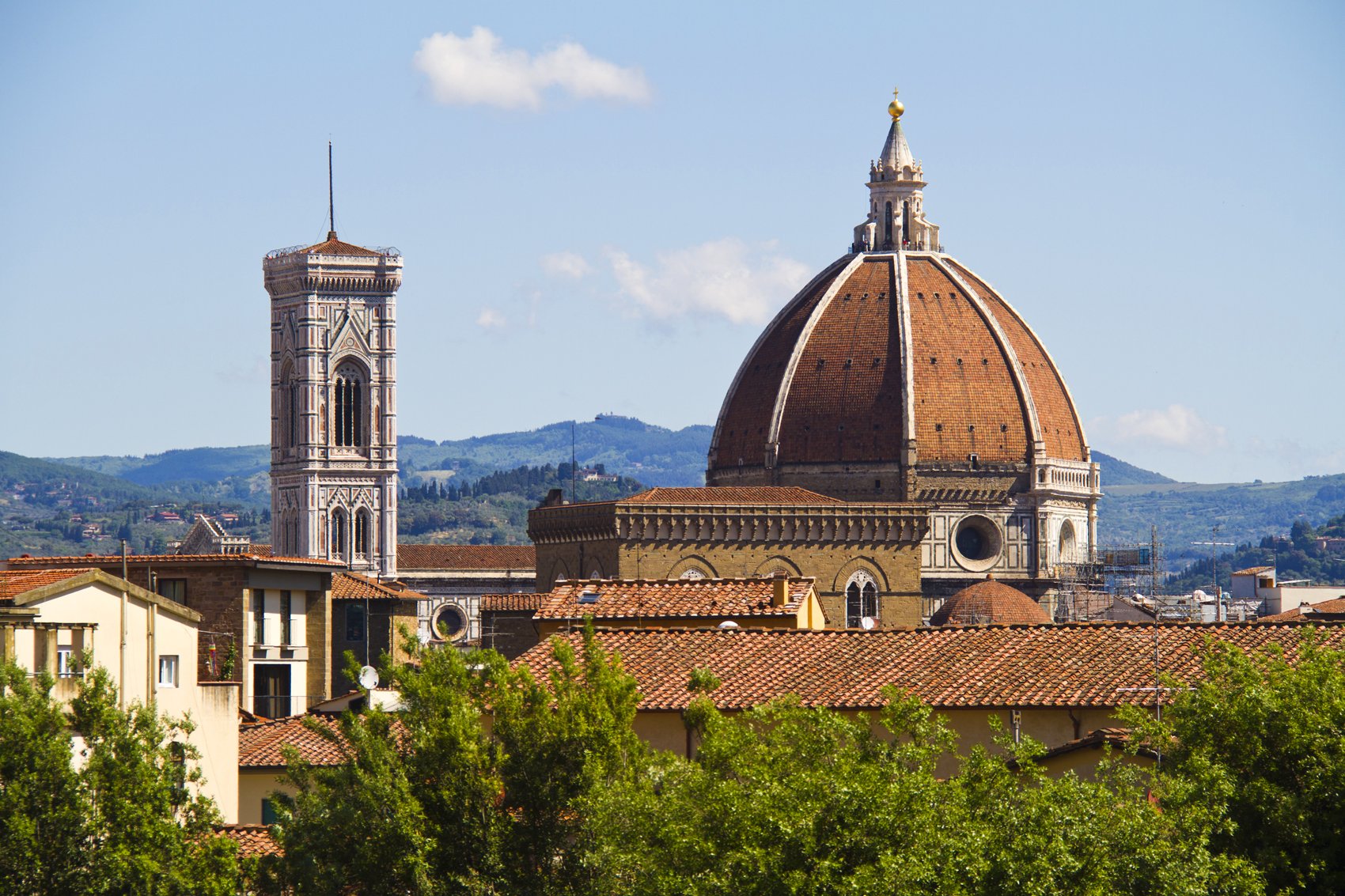In the love-hate relationship that the Bay Area has with its own economic boom, nothing seems to pack the symbolic punch of the “Google Bus” (an imprecise but convenient short-hand for the private shuttles operated by nearly 40 regional tech and biotech companies.) Especially in San Francisco, these shuttles—double-decked, dark-windowed, and usually unidentified— have come to represent that which separates the coding and DNA-splicing haves from the Luddites and erstwhile English majors who make up the have-nots.
Among the emblems of this region’s current economic climate and its discontents, it’s hard to find a more palpable one. There sit the villainous 1 percent—and they are double-parked in the bike lane.
“[S]paceships on which our alien overlords have landed to rule over us,” is how writer Rebecca Solnit described the techie-toting shuttles in the London Review of Books. While the plebes cram onto underfunded municipal buses and pray against another BART strike, our new “overlords,” “too valuable even to use public transport or drive themselves,” carps Solnit, have carved out for themselves a separate and exclusive transportation system.
All the more galling for some is the fact that these vehicles make use of municipal infrastructure without paying for the taxpayer-funded privilege. Critics say these companies are, quite literally, getting a free ride—and often at the expense of the municipal public buses.
To recoup some of those expenses, the San Francisco Municipal Transportation Agency is now drafting a “shuttle policy” that transportation planners say will finally bring the opaque shuttle network into the regulatory light.
“This is a sector that has grown very quickly and our policy framework just hasn’t caught up,” says Carli Paine, the agency’s project manager. In part, catching up has meant trying to find the answers to a number of staggeringly straight-forward questions: “Who are all the players? What are their operations like? What are their schedules?”
Over the last few years, as the number of local employer-operated shuttle services has exploded from a handful to roughly three dozen, this new shadow transportation system has become a wildcard that transit planners must guess around, says Paine. Providers, which tend to use public bus stops (despite that being a violation of a rarely enforced law), don’t share information with the city. This makes it all but impossible to schedule MUNI bus service around them.
The shuttles also seldom sport clear identifying markers, says Paine, which makes it difficult for an aggrieved citizen who might be ticked off about a Mountain View-bound shuttle double-parked in a bike lane or speeding in a school zone or jettisoning its ear-budded passengers in the middle of the street, to complain with any degree of precision.
“I’m always getting complaints about ‘a white bus’ at the intersection of this and that street,” says Paine.
To usher these shuttles into some kind of standardized and predictable legal framework—and to pay for the regulation itself—the transportation agency’s plan calls for a “participation fee” commensurate with each service’s net cost to the city.
The word “net” here is instructive. While each shuttle service will be asked to pay for the wear-and-tear it perpetrates on city infrastructure, for its conditional use of bus stops, and for the cost of its own regulation, the transportation agency acknowledges there are substantial upsides to the shuttles.
According to a report that Paine and her colleagues put together last month, nearly 50 percent of all private shuttle riders surveyed said they would drive to work alone were it not for an employer-provided option. Another 31 percent claimed that they wouldn’t be able to make the trip to work at all.
“Many of the riders we spoke to actually said that there were able to forgo owning a car entirely because of the shuttle service,” says Paine. “Reducing car ownership is a big deal in San Francisco, when it comes to managing the demand for parking and addressing traffic issues generally. So this is a big environmental benefit and a big benefit for congestion.”
Robert Cervero, a UC Berkeley professor of city and regional planning, sees the much-maligned “Google Buses” in a similarly positive light.
“For much of suburban California, you don’t have too many choices: you drive a car or you use a low-quality public transportation service,” says Cervero. “The shuttles are filling a huge gap between the private car, on the one hand, and clunky, non-direct 55 passenger buses, on the other.” So without “Google Buses,” living in the city and working in the suburbs simply would not be an option for many potential workers.
Of course, for some, that’s exactly the criticism. The many young, moneyed professionals who have moved out of Silicon Valley and into San Francisco’s SoMa district have rendered vast swaths of the city unaffordable.
“There’s no getting around the fact that there are class issues involved,” says Cervero. But with regard to transportation strategy, he finds the criticism of private shuttles as symbols as social stratification a “false argument….Everyone is better off if we’re getting people out of a drive-alone cars.”
—Ben Christopher



















